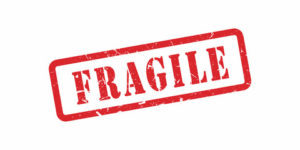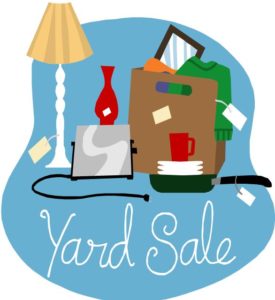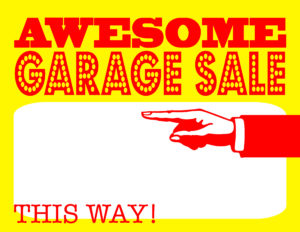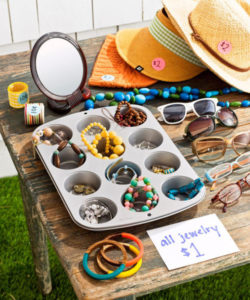If you’re reading this article, you likely have found yourself on the wrong end of moving a mattress. This task can be one of the most difficult when moving house. Mattresses are heavy, awkward, and bulky.
The generally accepted practice is to call up some friends, offer them pizza, then struggle to move the mattress together as you desperately wish for an easier way.
Today is your lucky day! Moving a mattress doesn’t have to be such a struggle. There is a method to this madness. If you want to know how to make the whole process easier, read on.
Pick a Proper Transport Vehicle to Move Your Mattress
It may be tempting to suppose that you can stick your mattress inside your car. However, this is bound to fail. Most mattresses will not fit in a car trunk of any size. However, there are vehicles that are great for transporting mattresses.
A pickup truck is an excellent choice. Most mattresses will fit on the truck’s bed easily. If you don’t have a pickup truck, you might have to ask around to friends or family. If you still can’t access a truck, you may have to rent one.
A van will work well. If you have a van and can remove the seats, you can easily slide a small mattress inside without much trouble. SUV’s can also be used for mattress transport. Use rope or straps and properly secure the mattress to the roof.
Materials to Move a Mattress
Now that you’ve figured out your transport, it’s time to gather the tools to help you transport the mattress safely. In fact, most of these are tools you should have for any DIY move without professional assistance.
- Thick plastic and properly-sized mattress bag. This bag will keep your mattress clean and rip-free.
- Rope to properly securing your mattress if you’re putting it on the roof of your vehicle
- Duct tape
- Scissors
- Work gloves
- A trusted friend. You’ll need an extra set of hands.
Securing Your Mattress
Securing your mattress properly to the roof of your car is super important. Failing to do so can lead to mattress damage, as well as possibly causing an accident on the highway.
Protecting a Mattress to Move
The first step in securing the mattress is to wrap it in plastic or tuck it into a properly-sized mattress bag. Any extra plastic should be securely taped down. Wind can rip unsecured plastic, or create a sail which will pull the mattress off the roof and may cause an accident.
Rope to Move a Mattress
The kind of rope you buy to secure your mattress is important. It should be a sturdy rope, but one that isn’t too hard to tie. Make sure you have enough rope to go across the length of your mattress, and another piece long enough to secure across the middle.
The amount of rope you’ll need will vary. However, there are some rules of thumb you can follow.
- Mattresses are 74-84 inches long. This is up to seven feet. You’ll also need several additional feet of rope at each end. So the rope that goes along the length of your mattress should be somewhere around fourteen feet long.
- For the rope that goes across the width of your mattress, measure your bed. Then multiply that number by four. That should give you enough rope.
Secure the Mattress to the Car
Now that you have the proper rope and your mattress is safely wrapped in plastic, it’s time to secure it to the car. Place the mattress on the roof. Make sure it is in the middle.
Toss the first piece of rope over the length of your mattress. There should be enough rope left to tie securely under the front and back of your car. Make sure the rope is taut and the knots are secure.
When that’s done, open all your windows except the driver’s window. Toss the second piece of rope across the mattress’s width. Then loop it back through the open windows twice before tying the rope ends together inside the car.
It is very important that you leave the driver’s door free as you won’t be able to open any of the other doors when the rope is tied. You want a way to get into and out of your car in case of an emergency or when you reach your destination.
Mattress Moving Safety
Carrying a mattress on your roof is considered a wide load. It will block part of your view. Remember to drive slowly. If possible, take back roads and avoid freeways.
If you have friends helping you move, they could drive behind you to let you know if the mattress is slipping. Alternatively, friends could ride along with you, and hold the mattress on the roof through the open windows. This provides some much-needed security if you have to take the freeways.
Conclusion
Moving a mattress can be a big problem. However, it doesn’t have to be. If you follow the tips in this blog post, you’ll find at least this part of your move is much less stressful, and you won’t have to worry about ripping your mattress or causing highway accidents.
If this process still sounds difficult, then it’s time to call in the professionals! Call Olympia Moving & Storage at 800-222-4744 or request an estimate online.

 A coat of paint can transform your home. Now is not the time to try funky new shades for walls around your house. That fire engine red wall may fit your personality, but it might not fit the next owner’s idea of home. Stick to neutral shades that leave possibilities open in prospective buyer’s eyes. A fresh coat of light paint can give your home a more open appearance and make the room appear larger. Because a room can never have enough lamps, adding light will also make the room look brighter.
A coat of paint can transform your home. Now is not the time to try funky new shades for walls around your house. That fire engine red wall may fit your personality, but it might not fit the next owner’s idea of home. Stick to neutral shades that leave possibilities open in prospective buyer’s eyes. A fresh coat of light paint can give your home a more open appearance and make the room appear larger. Because a room can never have enough lamps, adding light will also make the room look brighter.



 gs require less power to run and having a ceiling or floor fan to circulate air will help keep your home cool. Just remember to turn both off when you leave to save money; fans cool people more than they cool rooms.
gs require less power to run and having a ceiling or floor fan to circulate air will help keep your home cool. Just remember to turn both off when you leave to save money; fans cool people more than they cool rooms.



 Preparing For The Yard Sale
Preparing For The Yard Sale
